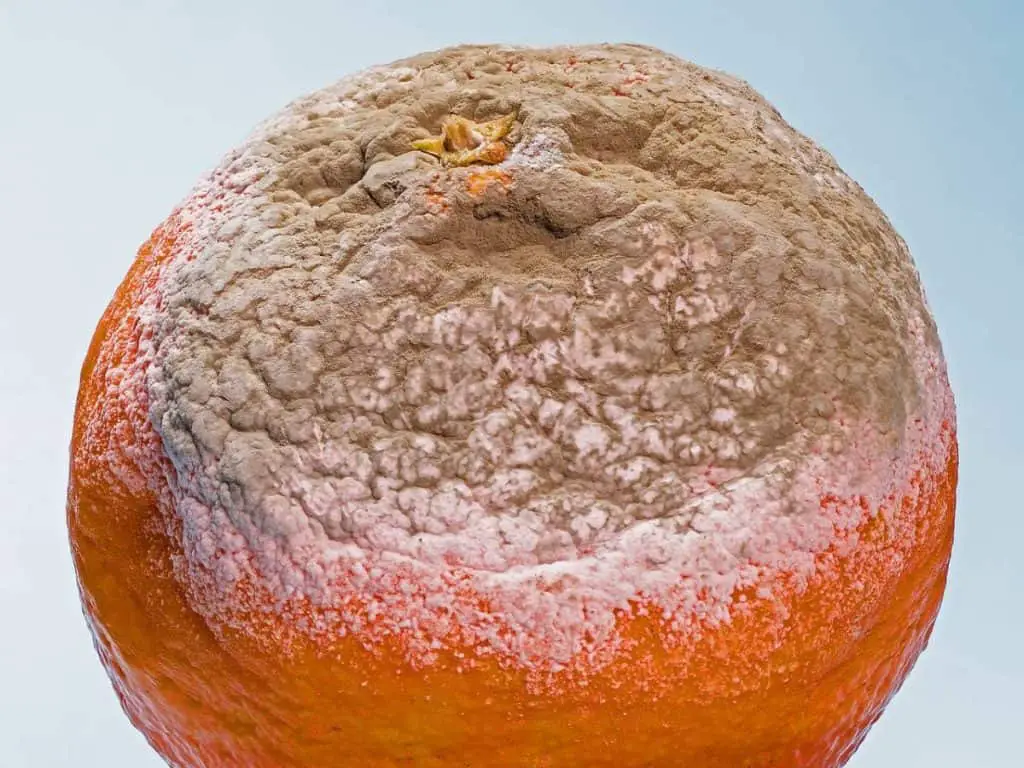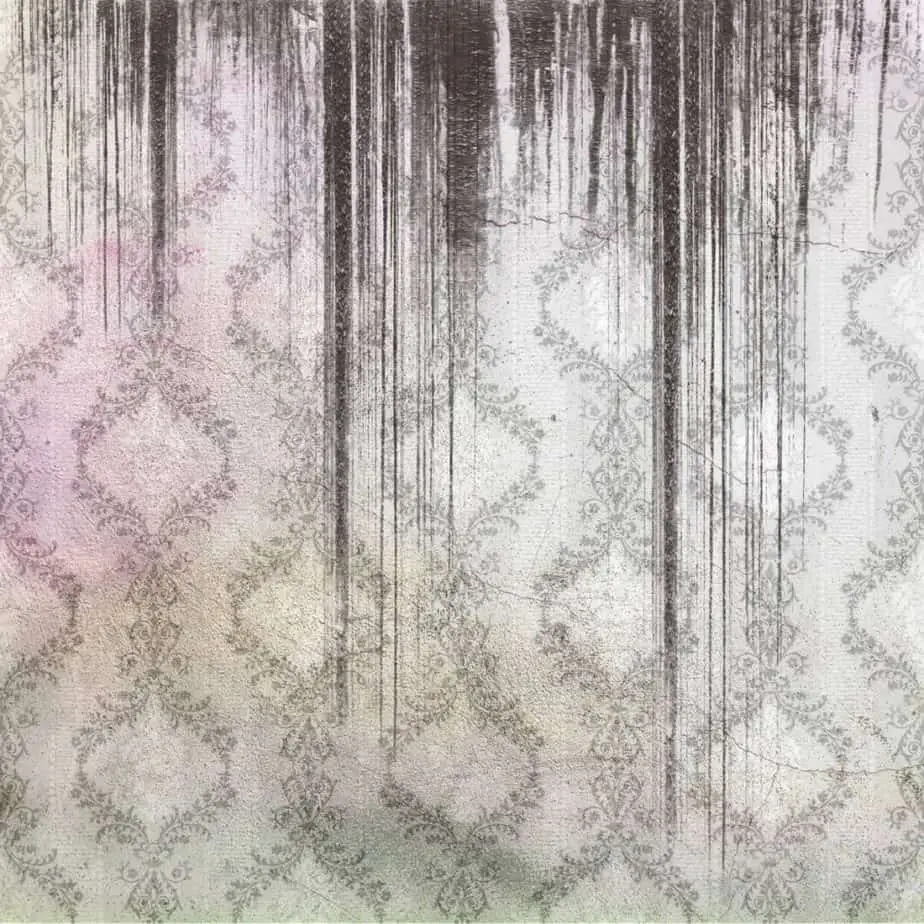
Bathrooms, kitchens, and walls that are in contact with humidity are ideal for mold to appear and grow. To be able to fight it well in your home, it makes sense to first understand what causes mold to appear and proliferate.
Microscopic fungi that form mold thrive in damp conditions. Those fungi can become a nightmare and invade a building. Such a proliferation of molds is a symptom of the ambient humidity that fungi feed on for their growth. They cause wood to rot, causing structural damage to the building and health hazards. Let’s try to understand why and how molds appear? And when molds become harmful.
Why is the proliferation of mold harmful?
Molds are very common and are part of everyday life since they are found relatively everywhere. Molds release chemicals and spores that are not good either for your house or apartment or for your health.
What are molds?
Molds are very diverse microorganisms, mainly composed of microscopic fungi and yeasts. These microorganisms grow and reproduce very quickly, spreading spores and mycelia.
Molds extract water, nutrients, and minerals necessary for the synthesis of their own material. They absorb their nutrients into their vegetative apparatus via the surfaces they grow on, such as walls, windows, etc. Molds are said to be absorbent, that is, they feed by absorbing nutrients through the outer wall of their own bodies.
Where does mold grow?
Mold appears as part of general nature decomposition and regeneration.
This is noticeable by the black spots mold leaves on the environments in which it thrives: decaying leaves, spoiled meat, and other food, thick black spots on decaying boards or pieces of wood, yellowing paper, and books, walls with spreading halos, etc.
Many products in humid environments can take on the appearance and smell of mold due to the proliferation of these micro-organisms, spores, and fungi. Cardboard and paper disintegrate, fabrics are damaged and discolored, the structures are weakened. If not taken care of, even the whole house can be invaded.
Generally speaking, mold only grows in humid environments and with a nutrient, and not in dry places or on dry materials. However, visible moisture is not necessarily required to help mold grow. Hidden moisture, contained in certain materials, is also sufficient to nourish some types of molds.

Why does mold develops in your house?
It is not uncommon to find tens or even 200 or 300 species of molds in some homes. It is this uncontrolled proliferation of unwanted molds that can be a problem.
The appearance of molds usually develops from too high humidity (over 45%), which can come from:
- simple daily use of the kitchen, laundry or, of course, bathroom or shower: a household of 4 people releases 7 to 15 liters of water into the air per day
- an undetected leak or infiltration of external water (into pipes, wall partitions, roof and building structure, permeable or damaged walls, penetration through the floor)
- insufficient ventilation that does not allow removing accumulated moisture from inside the living area.
Identify the presence of mold
Of course, you can quite easily detect mold as molds often show up as black or green spots with a velvety appearance. Molds also have their specific smell that can alert you: humus, mold, rotten smell.
You can also detect mold by touch, which can also be a sign. For example, appearing mold can give a feeling of “clamminess” and humidity on a normally dry surface.
Tip: The air in your home that seems dry to you may be humid enough to allow mold to grow. Moisture resides, for example, on the outside of the walls, which are colder as compared to the rest of the space. If the difference in the temperatures is high enough, this can be sufficient for molds to develop. Such difference is not that easy to detect.
The health effects of mold
Mold can have both positive and negative effects on one’s health.
The positive effects of molds
Mold is very useful in medicine or in food.
“Good molds” are useful for making food (such as cheese, for example) or different types of medicine. Famous penicillin is a good example of mold application in medicine. Some mold species are therefore specifically cultivated.
The damaging effects of mold
The first damaging effect of mold is in the fact that mold attacks the integrity of materials and damages them. Mold feeds on the materials and structures, gradually rendering them unusable.
Moreover, when appearing inside one’s house or apartment, mold sometimes causes health problems by causing illness or allergies, not to mention discomfort.
As is often the case, people, who can be most affected by mold are those who experience respiratory or immune issues. Those categories of people usually include the elderly, pregnant women, babies, people with asthma, and others.
Mold – what you need to know:
- In the form of spores, molds can easily spread fast and pretty much everywhere;
- Mold can remain dormant as long as humidity conditions are not “good”;
- The humidity of more than 45% is sufficient to allow mold and mites to grow.
Read also: How to fight mold appearing in the house? – in this article. And, How to keep house clean and tidy? and not spend a lot of time – in this article.

